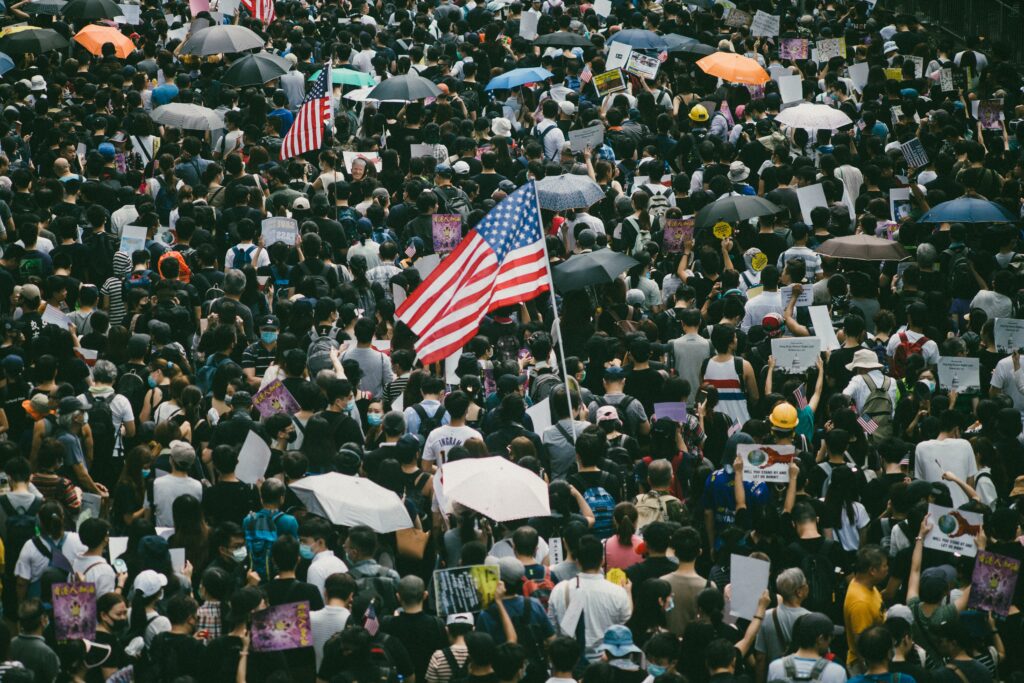Also known as false equivalence, bothsidesism happens when people use objectivity as an excuse to give equal weight to opposing viewpoints, regardless of merit or factual accuracy. In bothsidesism, false information and ill-formed arguments may be presented as equally valid responses to arguments based in reality. Bothsidesism in journalism makes it difficult for audiences to differentiate between baseless claims and rigorous reporting, all while simultaneously legitimizing bad actors.
Bothsideissm threatens democracy because it erodes trust in credible journalism. Beyond that, it also creates an atmosphere where important issues are watered down to a two-sided conflict with a superficial “balance,” which hinders the public’s understanding of the things that impact them.
To avoid bothsidesism, journalists must remember that balance can be different than — or at odds with — accuracy and completeness. Reporters should aim to cover a broad range of perspectives while maintaining a commitment to telling honest stories. That can mean dedicating less time and space to misinformation or hate-speech driven viewpoints; or pushing back on those arguments in real-time during debates, on social media, and in broadcast interviews.
Guides & Best Practices
PBS Standards
“Fairness to ‘both sides’ should not lead to false equivalence” by Marcia Apperson
This entry in the PBS Standards Guide was updated in 2021 and provides a real-world example of how a news organization approaches balance, accuracy and storytelling. It includes examples of harmful bothsidesism and how to mitigate it.
Data and Society
“The oxygen of amplification” by Whitney Phillips
This 2018 report on extremists, antagonists and media manipulators offers evergreen tips for reporters and editors on how to avoid false equivalences when reporting on objectively false information, bigotry and media manipulation.
The Journalist’s Resource
“What to do when public officials spread health misinformation” by Naseem S. Miller
Though this resource is tailored to reporting on high-level misinformation in a public health context, it has evergreen tips for avoiding bothsidesism when reporting on falsehoods that emanate from a seemingly trustworthy source, such as a public official.
Poynter Institute
“Do the networks have to give equal time? In a word, no” by Al Tompkins
This article is geared toward broadcast outlets looking for guidance on whether they are required to — or should — give equal time to opposing viewpoints, regardless of factual accuracy. It also provides an interesting history of the death of The Fairness Doctrine, which is important for framing conversations about bothsidesism.
The Journalist’s Resource
“4 tips for better coverage of extreme partisans in Congress” by Denise-Marie Ordway
Again with an eye towards broadcast newsrooms, this article runs through research that confirms that TV news stations dedicate the most time to platforming hyper-partisan congresspeople — regardless of the factuality of their statements. It also provides tips for how to avoid false equivalencies in hyperpolarized contexts.
Press Watch
“To amplify Trump? Or not to amplify? There’s actually a good answer” by Dan Froomkin
This 2023 article provides guidance for newsrooms of all mediums on how to cover Trump in the 2024 election as he continues a disinformation campaign while facing several indictments.
Assistance
Democracy Day is an initiative of the Center for Cooperative Media at Montclair State University that encourages newsrooms to produce pro-democracy reporting annually on September 15. Their year-round programming includes training and resources for avoiding false equivalencies, building trust in your politics coverage and being honest about the stakes of spreading falsehoods.
Press Watch was created by media critic Dan Froomkin to catalog transgressions in political journalism, while agitating for better practices around covering disinformation, extremism and democratic backsliding. It is a repository of examples of bothsidesism and ways newsrooms corrected it, as well as tips for proactively mitigating false equivalencies.
Additional Resources
PBS Public Editor
“Unequal time: When is ‘fair and balanced’ a public disservice?” by Ricardo Sandoval-Palos
Article
KQED
“False equivalence: Why it’s so dangerous” by Annelise Wunderlich
Video
Pew Research Center
“U.S. journalists differ from the public in their views of ‘bothsidesism’ in journalism” by Naomi Forman-Katz and Mark Jurkowitz
Research
Journal of Elections, Public Opinion and Parties
“The effects of journalistic intervention and falsely balanced reporting on support for voter ID law” by Matthew David Jenkins and Daniel Gomez
Research




